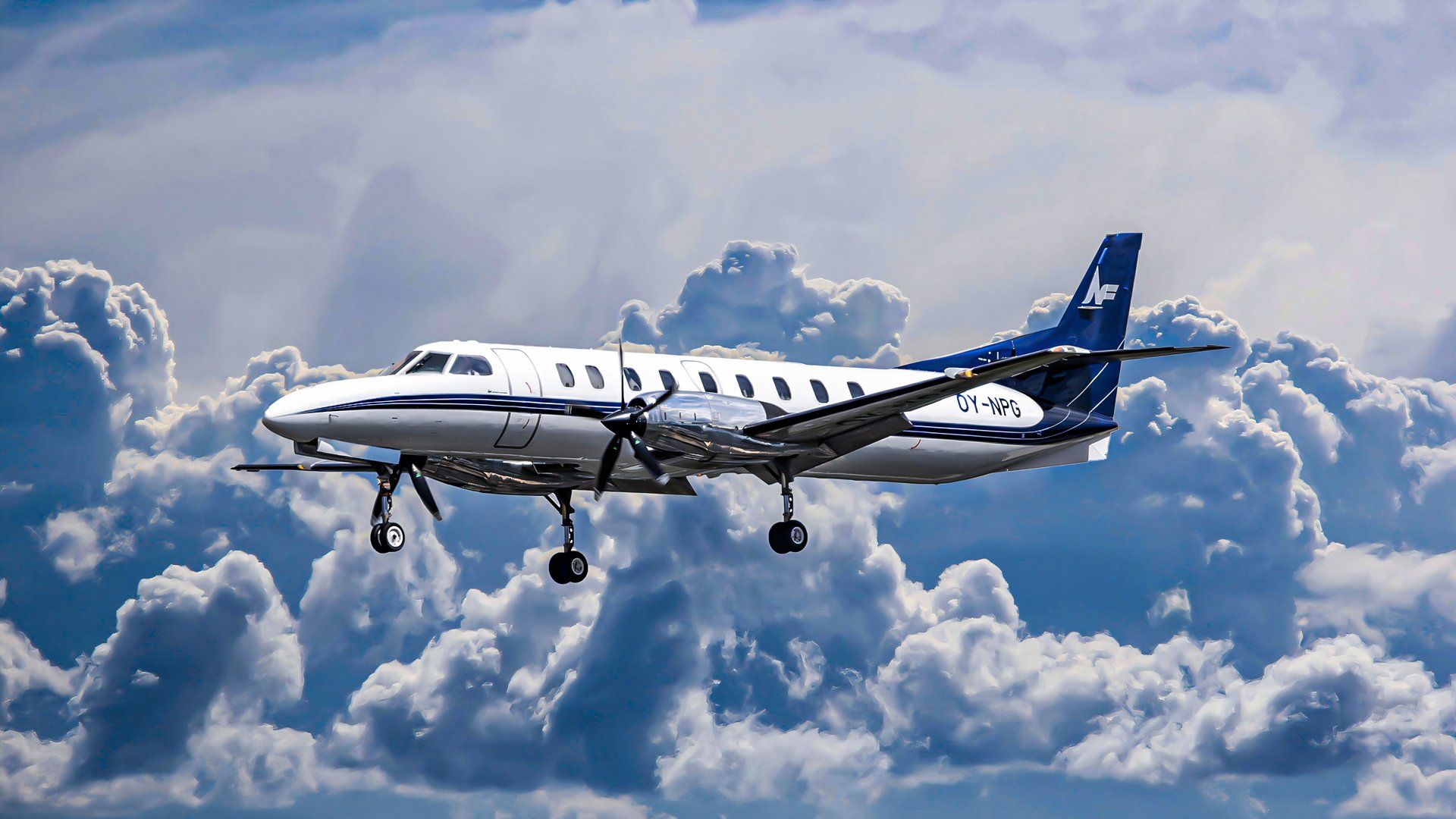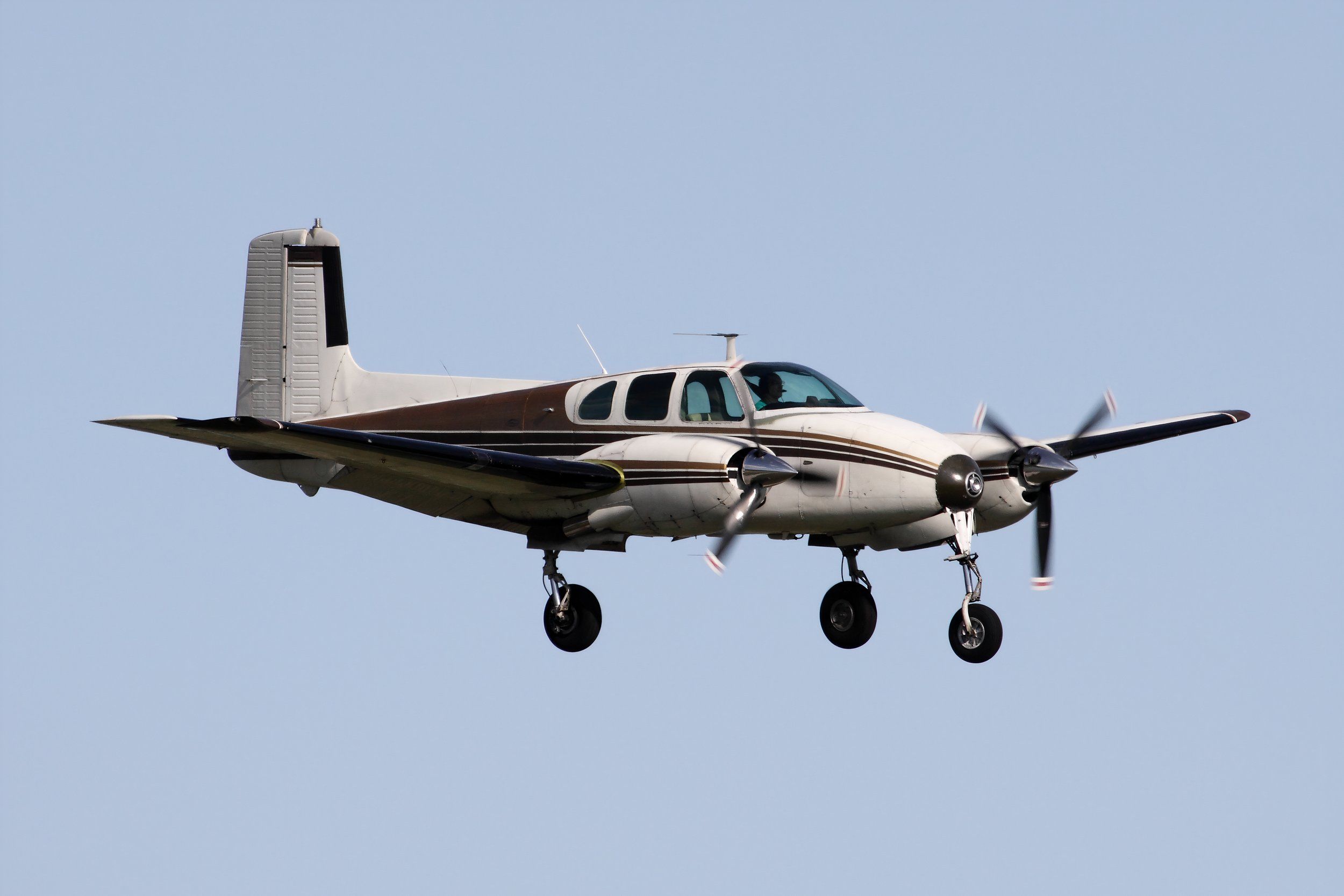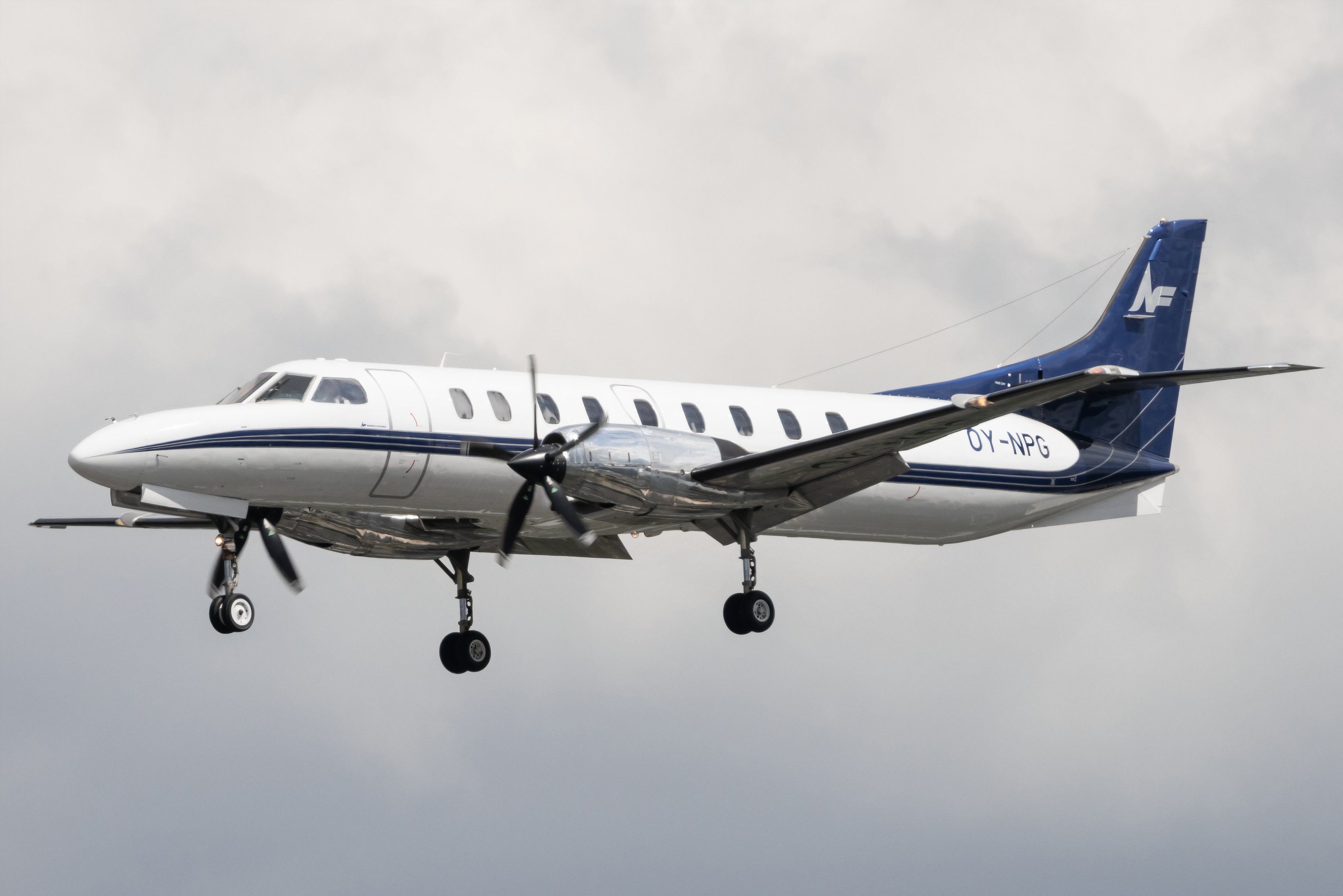Ed Swearingen is one of the most well-known aircraft engineers and designers in the United States. Swearingen was born on September 12, 1925, in San Antonio, Texas. When he was a young boy, he became deeply interested in aviation and the design of aircraft in general.
His experience working on his family farm and becoming familiar with machinery and other mechanical items helped him make this transition. In just eighth grade, Swearingen was working as a Junior Mechanic at the nearby Kelly Field (SKF) near San Antonio, Texas.
Eventually, Swearingen met up with Dee Howard, one of Texas’ most well-known aviation pioneers. Howard was well-known for his work converting military aircraft into business or executive transport. He has also developed nearly fifty patents in the US and has designed over 100 Federal Aviation Administration (FAA) Supplemental Type Certificates (STCs) over his lengthy career.
Under the guidance of Howard, Swearingen assisted with designing aircraft and other STCs. His work with Howard spread across the country and caught the eye of Bill Lear, the founder of Learjet, and Pug Piper, the son of Bill Piper of Piper Aircraft. He would eventually do work with both of these companies in the future.
Photo: InsectWorld | Shutterstock
However, after several years, Swearingen went on to form his own company, which was called Swearingen Aircraft. The company was officially founded in 1959 in Texas. Initially, the company was developed primarily as a consulting firm, and he assisted many companies with the designs of their aircraft.
However, he eventually transitioned into developing and manufacturing his own designs. Let’s take a closer look at Swearingen Aircraft and what it came to be known as today. Let’s also take a closer look at some of the popular products that Swearingen has helped develop over the years.
History of Swearingen Aircraft
As previously mentioned, Ed Swearingen officially founded his own company as Swearingen Aircraft in the late 1950s. The company’s early focus was developing prototypes for a wide range of companies.
This included early work on the Piper PA-30 Twin Comanche in the early 1960s and some research work for the Textron Aviation-owned Bell Helicopter. Swearingen’s work with Bell Helicopter helped the company develop the Bell AH-1 HueyCobra in the late 1960s.
The Swearingen Aircraft company also helped convert existing aircraft into new variants with various modifications or supplemental type certificates (STCs). This includes modifications to the Beechcraft Twin Bonanza and the Beechcraft Queen Air. These upgrades included installing an airstair and adding more powerful engines. These were called Excalibur aircraft.
The successful work with Beechcraft aircraft inspired Swearingen to begin designing his own clean-sheet aircraft. This aircraft was designated as the SA26 Merlin. Many of the components of this aircraft included modified parts from the Queen Air and Twin Bonanza, but it also incorporated more powerful turboprop engines.
Photo: Bruce Leibowitz | Shutterstock
However, in the early 1970s, Swearingen Aircraft ran into financial difficulties. In 1971, Piper Aircraft considered merging with Swearingen Aircraft, but the merger fell through. Eventually, Fairchild Aircraft, a Texas-based aircraft manufacturer, took over the company in 1972. However, Ed Swearingen remained as the chairman of the board of directors.
Swearingen continued working on modifying various aircraft. In the 1970s, he focused on improving the Lockheed Jetstar, specifically by adding new engines and making various aerodynamic improvements to increase the aircraft’s range. He officially resigned from Fairchild in May 1982 and reacquired the rights to the Swearingen business name.
Now known as SyberJet Aircraft
After leaving Fairchild, Swearingen decided to work on bringing a light business jet to the market. In 1995, Swearingen Aircraft Corporation received significant backing from a variety of investors, including the Ministry of Economic Affairs of Taiwan. This resulted in the company being renamed to Sino Swearingen Aircraft Corporation (SSAC).
The company received investments throughout the 2000s that enabled the company to continue its development. It was eventually acquired by investors in Dubai, although the company was forced to declare bankruptcy in 2010. However, it was acquired by MT LLC, a company based out of Cedar City, Utah, in June 2011. This new acquisition led to the company becoming known as SyberJet Aircraft.
The company continued working toward the development of a light business jet, which later became known as the SJ30-2. It was also the first business jet to be certified under the FAA Part 23 Commuter Category, and the company became the first since LearJet to develop, certify, and manufacture a brand-new private jet.
Several deliveries of the aircraft have been made, although there has been no recent news of the upgraded variant called the SJ30i. This means it is still being certified, and the expected delivery date has most likely been pushed back into the late 2020s.
Overall, the SyberJet SJ30-2 had the following performance specifications:
|
Capacity |
Seven passengers |
|---|---|
|
Length |
46.8 feet |
|
Height |
14.2 feet |
|
Wingspan |
42.3 feet |
|
Maximum takeoff weight (MTOW) |
13,950 pounds |
|
Maximum speed |
486 knots (560 miles per hour) |
|
Range |
2,500 nautical miles (2,900 miles) |
Some of Swearingen’s products
Swearingen became very well-known for his work modifying aircraft in the 1960s. This includes the modified Beechcraft Twin Bonanza, which was later nicknamed the Excalibur 800. This upgrade included airframe improvements by installing a new airstair in the forward cabin, fully-enclosing landing gear doors, and two powerful Lycoming IO-720 engines.
Swearingen also improved the Beechcraft Queen Air. These upgrades included adding more powerful Lycoming IO-720 engines and other landing gear door modifications.
Photo: Kevin Hackert | Shutterstock
Swearingen also created a new clean-sheet aircraft known as the SA26 Merlin. Swearingen utilized modified Queen Air wings, horizontal, and the Twin Bonanza landing gear to create this aircraft. However, it also featured a modified fuselage that was pressurized. The SA26 Merlin was powered by two Pratt & Whitney Canada PT6 turbofan engines.
Another popular design by Swearingen led to the Fairchild Swearingen Metroliner. This regional airliner was developed from previous experiences working with twin-engine turboprops, although it did not hit the market until Fairchild merged with Swearingen Aircraft. Over 600 of these aircraft were built, and they are utilized by regional airliners around the world. Some operators of this aircraft include:
- Key Lime Air
- Ameriflight
- Perimeter Aviation
- Sharp Airlines




